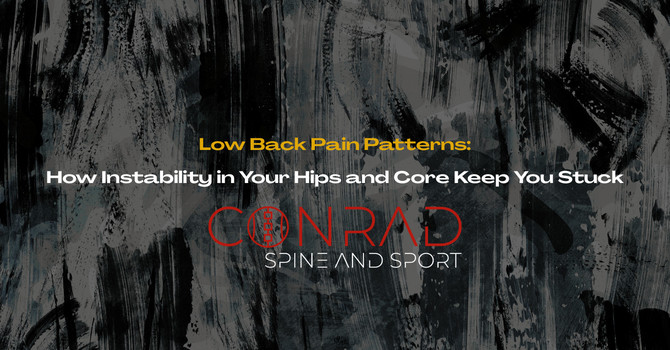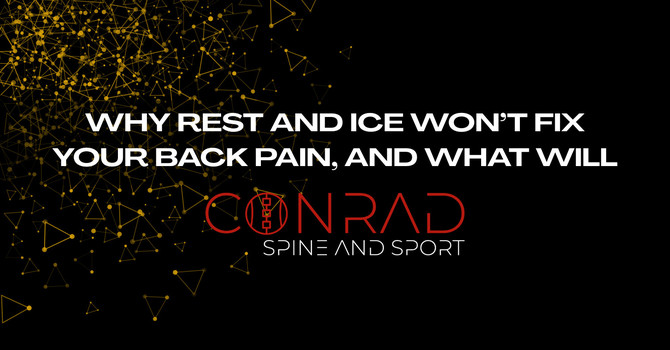
The Financial Toll of Chronic Pain: A Hidden Drain on Your Wallet
When most people think of chronic pain, they focus on discomfort. But the financial burden of pain is one of the biggest hidden costs, and it adds up over time.
1. The Never-Ending Cost of Temporary Fixes
Many people spend thousands of dollars on treatments that never truly resolve their pain:
Pain medications that offer only temporary relief
Repeated injections that wear off after a few months
Expensive physical therapy sessions that don’t fully resolve the issue
Chiropractic adjustments that help in the moment but don’t create long-term change
Braces, creams, and pain-relief gadgets that only mask symptoms
The problem? None of these fix the root cause. Instead, they keep you in a loop of spending without progress.
Did you know? The average chronic pain sufferer spends between $5,000 and $10,000 per year on treatments that provide only temporary relief.
2. Lost Work and Missed Opportunities
Chronic pain doesn’t just cost money—it also costs time and income.
Missed workdays due to flare-ups
Decreased productivity and focus
Limited career growth because pain makes it harder to perform at a high level
Needing to change jobs or work fewer hours due to physical limitations
Many people don’t realize how much their pain is affecting their earning potential. Over time, the inability to work at full capacity can cost tens of thousands of dollars.
3. The Hidden Risk of Future Surgeries
When pain isn’t addressed properly, it worsens over time—leading to invasive, costly procedures down the road:
Joint replacements
Spinal surgeries
Fusions and disc repairs
Nerve ablations
These surgeries come with weeks or months of recovery, expensive hospital bills, and no guarantee the pain won’t return. Many surgeries could be avoided with proper corrective care now.
The better alternative? Addressing the root cause of pain today so that surgery never becomes necessary.
The Emotional and Mental Health Burden: The Cost No One Talks About
Pain isn’t just physical—it affects the brain, emotions, and overall mental well-being.
1. The Link Between Chronic Pain and Mental Health
Long-term pain can lead to:
Anxiety – worrying about when the pain will flare up again
Depression – feeling trapped and hopeless about getting better
Irritability and frustration – causing tension in relationships
Sleep disturbances – leading to chronic exhaustion and brain fog
Pain actually rewires the brain, keeping you in a constant state of stress. Over time, this makes it even harder to break free from the pain cycle.
Have you noticed? Chronic pain often comes with memory issues, brain fog, and difficulty focusing. That’s because your nervous system is in a constant state of overdrive, prioritizing pain signals over everything else.
2. The Social Isolation Factor: Losing Connections
When pain dictates what you can and can’t do, your social life suffers.
- Canceling plans because of pain flare-ups
- Avoiding activities you used to love because they’re too painful
- Feeling misunderstood or dismissed by friends and family
- Losing confidence in your ability to participate in life
Many people with chronic pain withdraw socially, leading to loneliness, frustration, and resentment. The more isolated someone becomes, the harder it is to stay motivated to get better.
The takeaway? Treating pain isn’t just about reducing discomfort—it’s about reclaiming your ability to fully participate in life.
The True Cost of Waiting: Why Pain Won’t Fix Itself
One of the biggest mistakes people make is assuming their pain will eventually “work itself out.” Unfortunately, pain left untreated only gets worse.
1. How Chronic Pain Creates More Dysfunction Over Time
Pain causes the body to compensate—leading to poor movement patterns, muscle imbalances, and joint stress. Over time, this results in:
Weaker muscles that cause more strain on joints
Poor posture that worsens pain in other areas
Increased inflammation that makes pain more persistent
Higher risk of injury in different areas of the body
Ignoring pain doesn’t make it go away—it makes other areas of the body suffer, too.
2. The Mental Battle of Regret
Many patients tell me:
“I wish I had started this sooner.”
The reality is, every day spent in pain is a day lost to its effects.
- Time you’ll never get back
- Moments with family and friends you’ll miss
- Activities you’ll avoid because it hurts too much
The longer you wait, the more difficult it becomes to reverse the damage.
The Solution: A New Approach to Chronic Pain Relief
If this sounds like you, it’s time to change the way you approach pain management.
The Chronic Pain Blueprint is launching in March—and it’s designed to help people like you:
Identify the root cause of pain
Retrain the brain and body to break the pain cycle
Improve movement, mobility, and strength for long-term relief
Avoid unnecessary medications and surgeries
You don’t have to accept pain as your reality.
Are You Ready to Take Control?
At Conrad Spine and Sport, we help people break free from chronic pain every single day.
If you’re tired of:
Temporary solutions that don’t work
Being told your pain is “just part of getting older”
Feeling stuck in a cycle of discomfort
Then it’s time to try something new.
Our Chronic Pain Blueprint is launching in March—are you ready?
Let’s break free from chronic pain—together.

Nick Conrad
Contact Me



